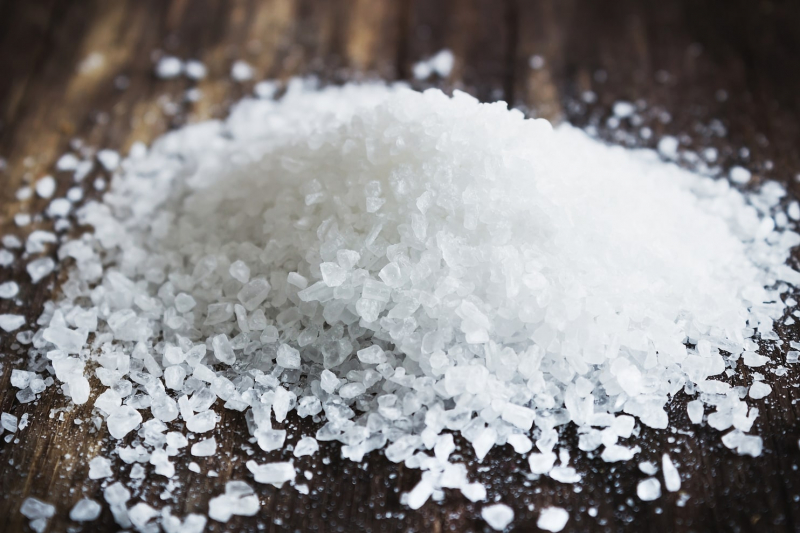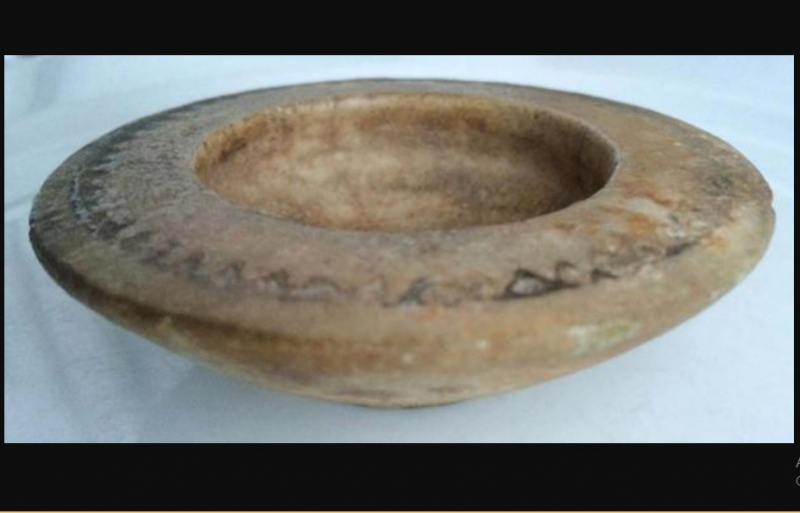Salt was used as a currency
One of the interesting facts about the classical antiquity period is that salt was used as a currency. Salt was one of the greatest treasures of the ancient world, according to Natalia Klimczak, author of Ancient Origins. Many people were employed by mineral production facilities, but most of the sites have been demolished or are now submerged deep beneath the ground and buildings of modern cities. There are, however, a few amazing sites that document the work of those who created an ancient symbol of luxury. Most people nowadays cannot fathom their lives without salt. It is found in a variety of everyday products ranging from food to cosmetics. Furthermore, the use of salt has a long history. A person who owned a salt-producing location was exceedingly wealthy in ancient times.
In the Roman Empire and the early Roman Republic, salt was immensely popular. Salt was also employed as currency by the Roman Legions at times. Because salt has a high value, an old Roman saying stated that those who did their jobs properly were "worth their salt." People in ancient Rome built salty pools in sunny areas. These might be used to construct miniature salt "factories" for specific individuals. A person with a salt pond or pool would be considered one of the wealthiest members of their community.
According to Wim Hordijk of npr.org, salt was a significant commodity in Roman times and into the Middle Ages, commonly known as "white gold." This high demand for salt was owing to its use in food preservation, particularly for meat and fish. Because salt was so precious, troops in the Roman army were occasionally paid in salt rather than money.








